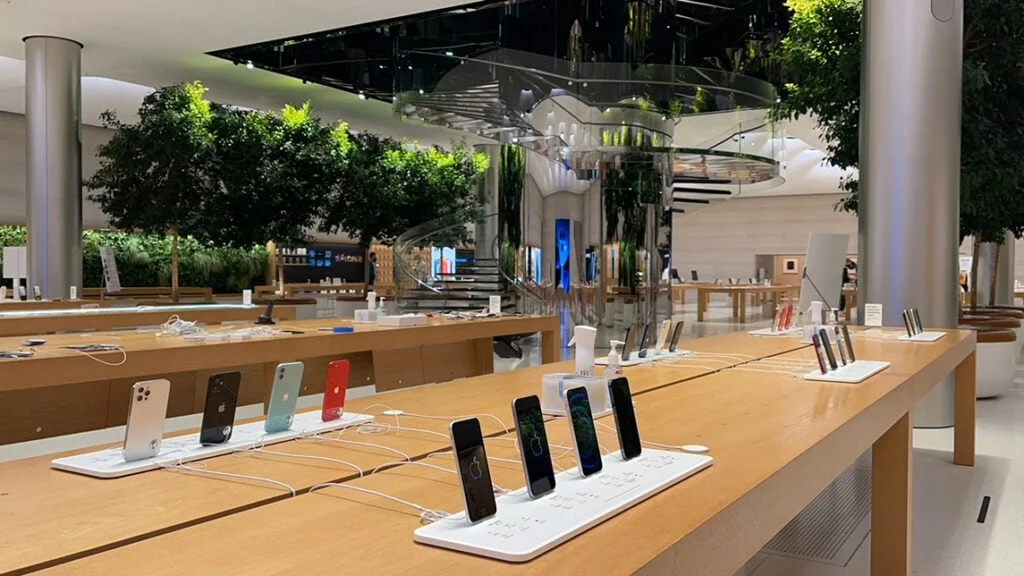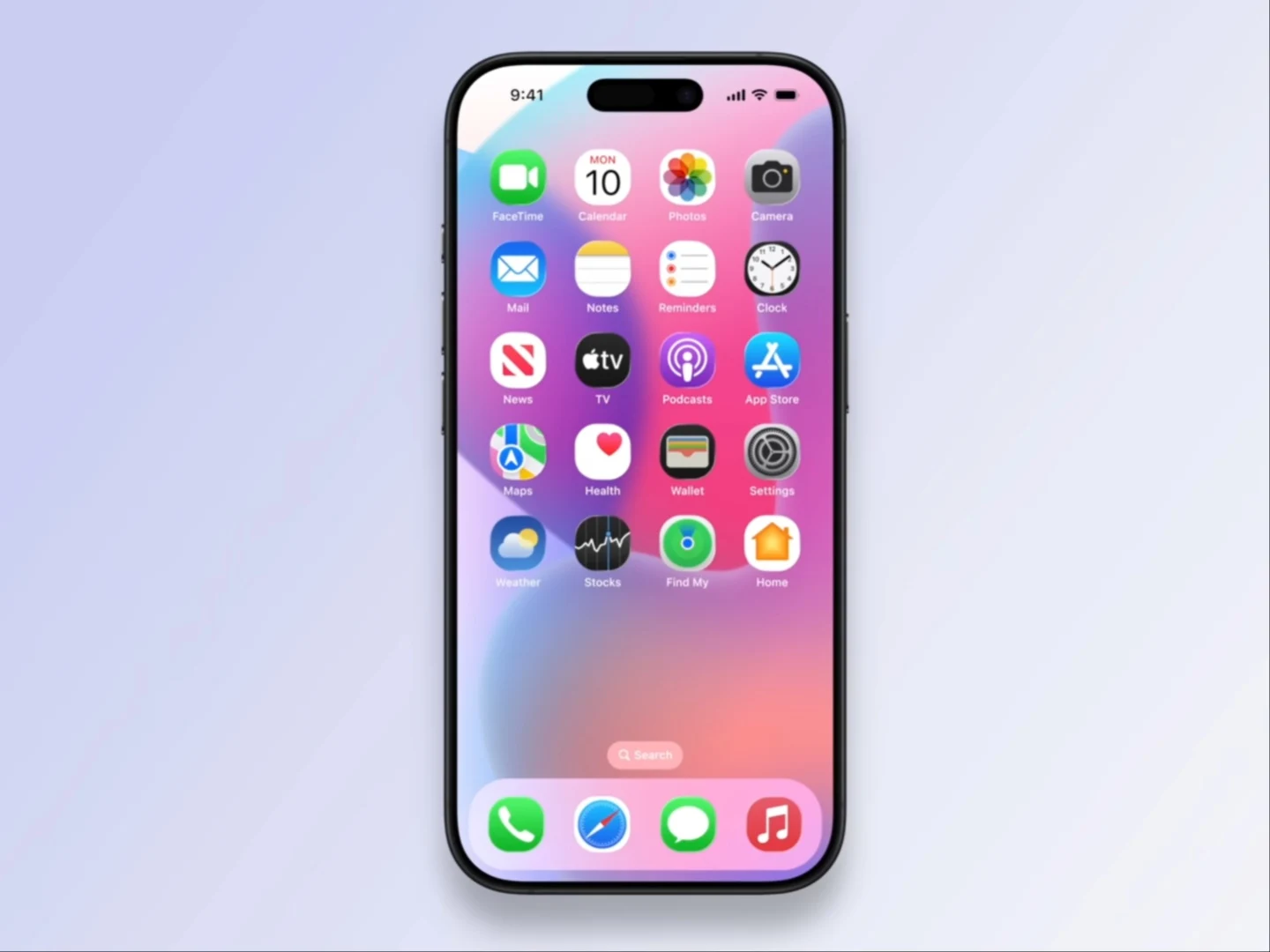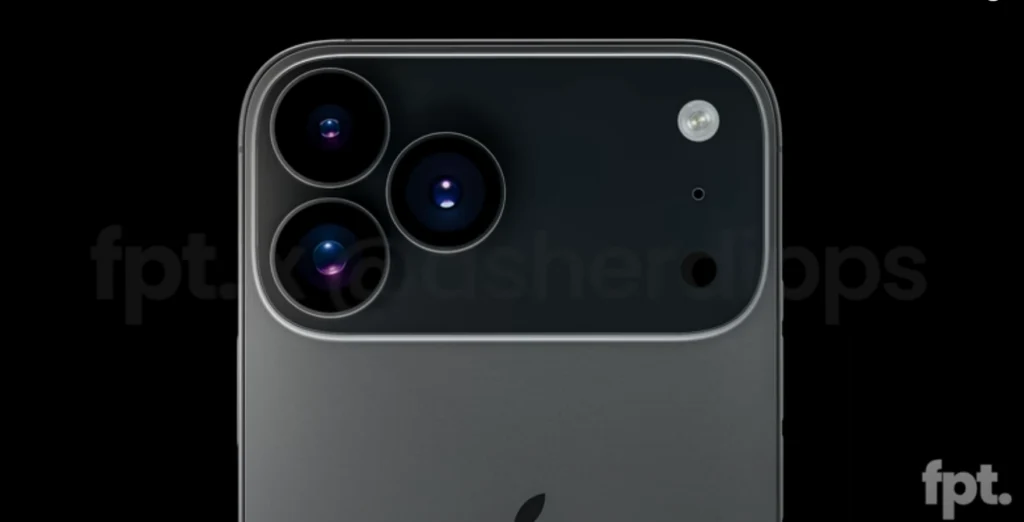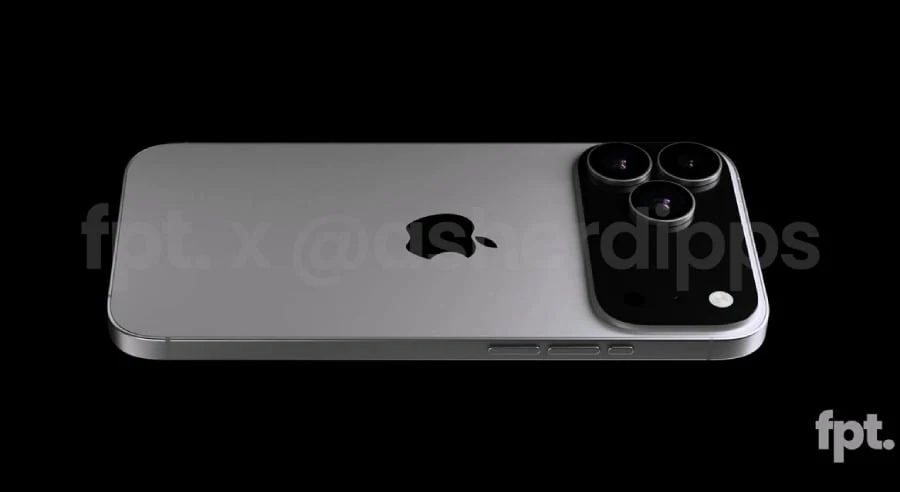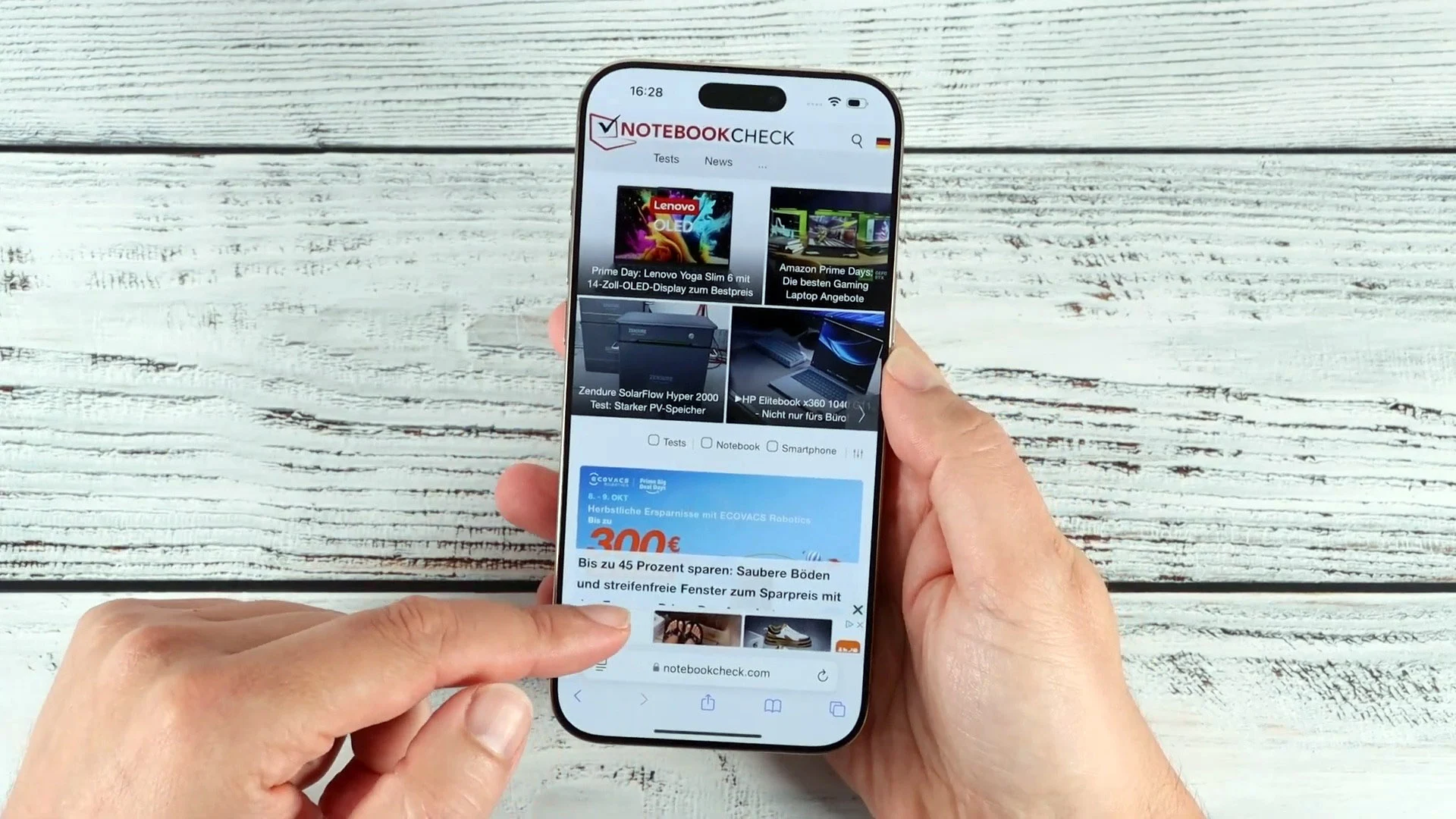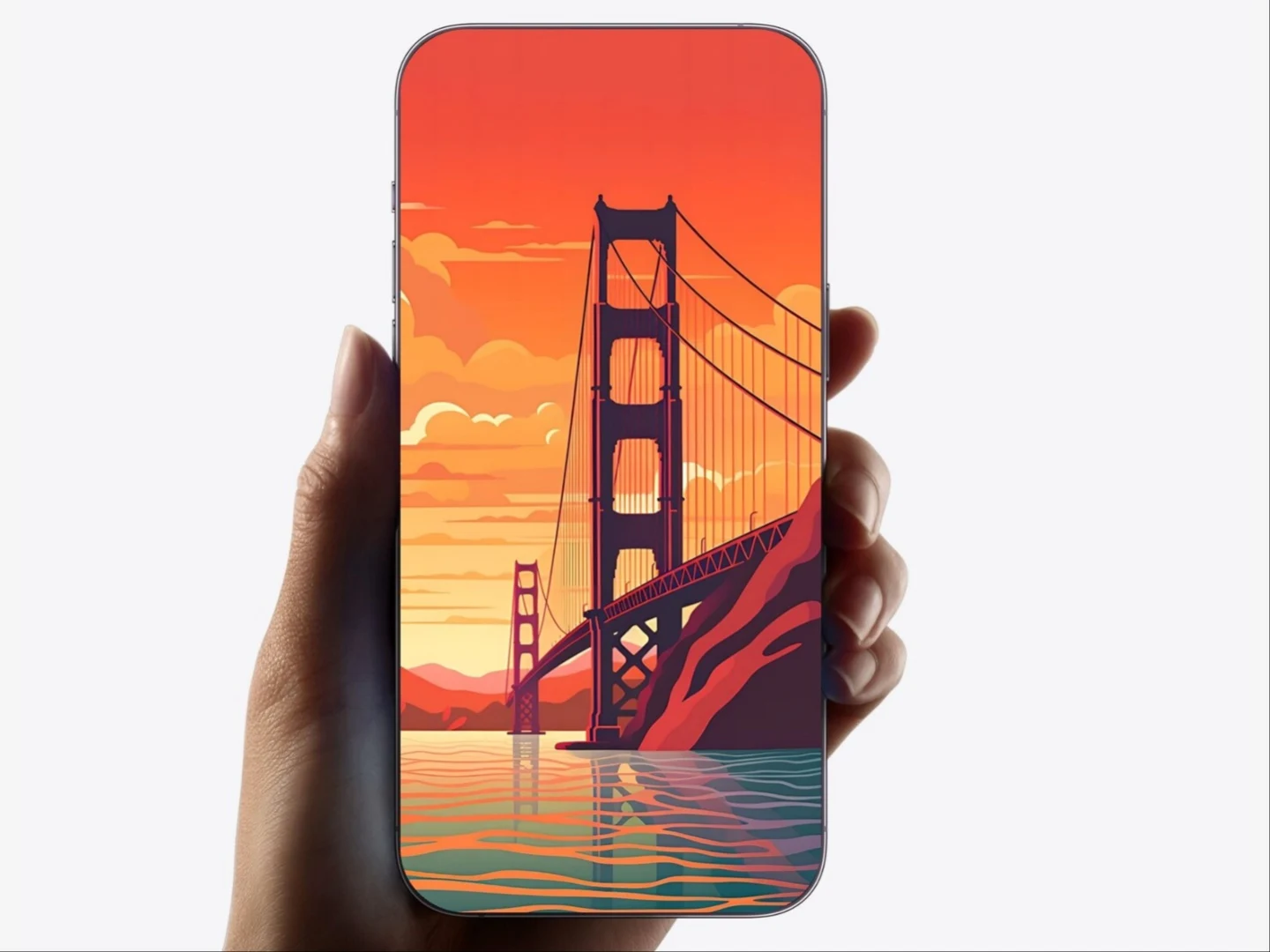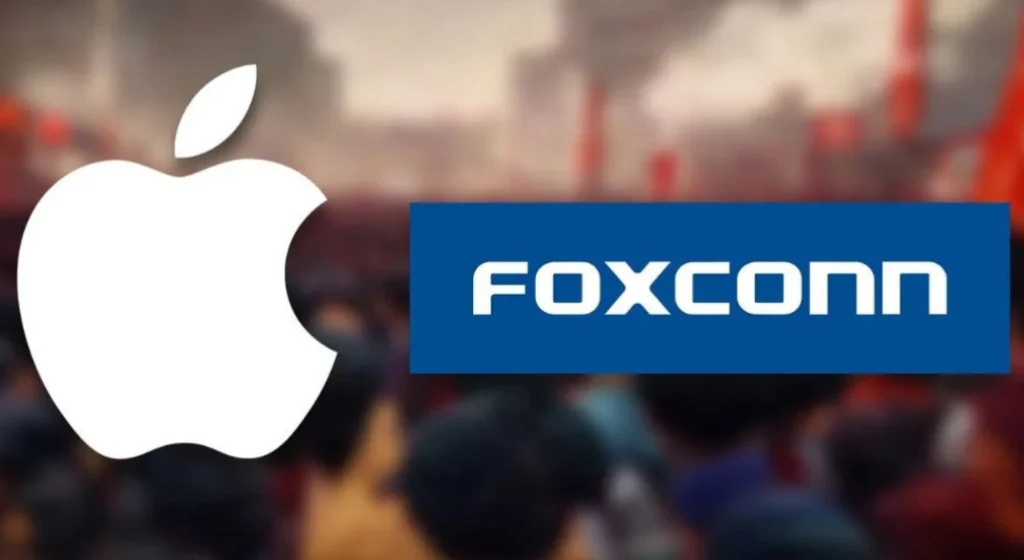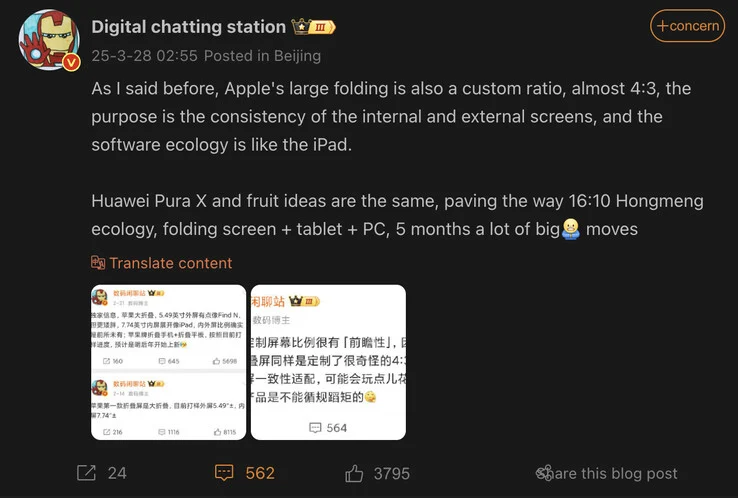Key Takeaways
1. Apple chartered five cargo planes to transport iPhones and gadgets from India and China to the US to avoid new import fees.
2. The rush to shift inventory was prompted by a new 10% reciprocal tariff that began on April 5, introduced by the Trump administration.
3. Apple aims to maintain retail prices by stockpiling inventory before the tariff hike, allowing it to avoid immediate price increases for customers.
4. The company currently has enough stock in the US to meet demand for the next few months without raising prices.
5. Any price changes in the US could affect major markets like India, as adjustments would likely need to be applied globally.
In a bid to avoid the newly introduced import fees, Apple chartered five cargo planes loaded with iPhones and other gadgets from India and China to the US, reportedly completing the delivery in just three days. This event took place in the final week of March, as reported by The Times of India.
The Reason Behind the Rush
A senior official from India mentioned that this swift move to shift inventory to the United States was prompted by a new 10 percent reciprocal tariff brought in by the Trump administration, which started on April 5. It’s important to note that this is a rather rare time for such a large-scale inventory movement, considering that the global electronics transport usually experiences a lull towards the end of the first quarter.
Keeping Prices Steady
The TOI report explains that Apple is working hard to maintain retail prices for as long as possible. This significant inventory movement is a quick reaction to the new tariffs, aimed at reducing the financial strain on the company without passing added costs to customers. “Stockpiling inventory that arrived before the tariff hike gives Apple a buffer, allowing it to avoid immediate price increases,” states the TOI report quoting a source. Currently, Apple has sufficient stock in the US to meet market demand for the next few months without having to raise prices. Interestingly, the company also has no immediate plans to adjust prices in other markets like India and China. However, what will happen once the existing stocks in the US are depleted remains uncertain.
Market Implications
As noted by an industry insider, “A price revision solely in the US would not be feasible. The impact would have to spread across major markets, including India.” The Trump administration is actively working to persuade TSMC to establish operations in the US, which could have further implications for the market landscape.
Source:
Link

